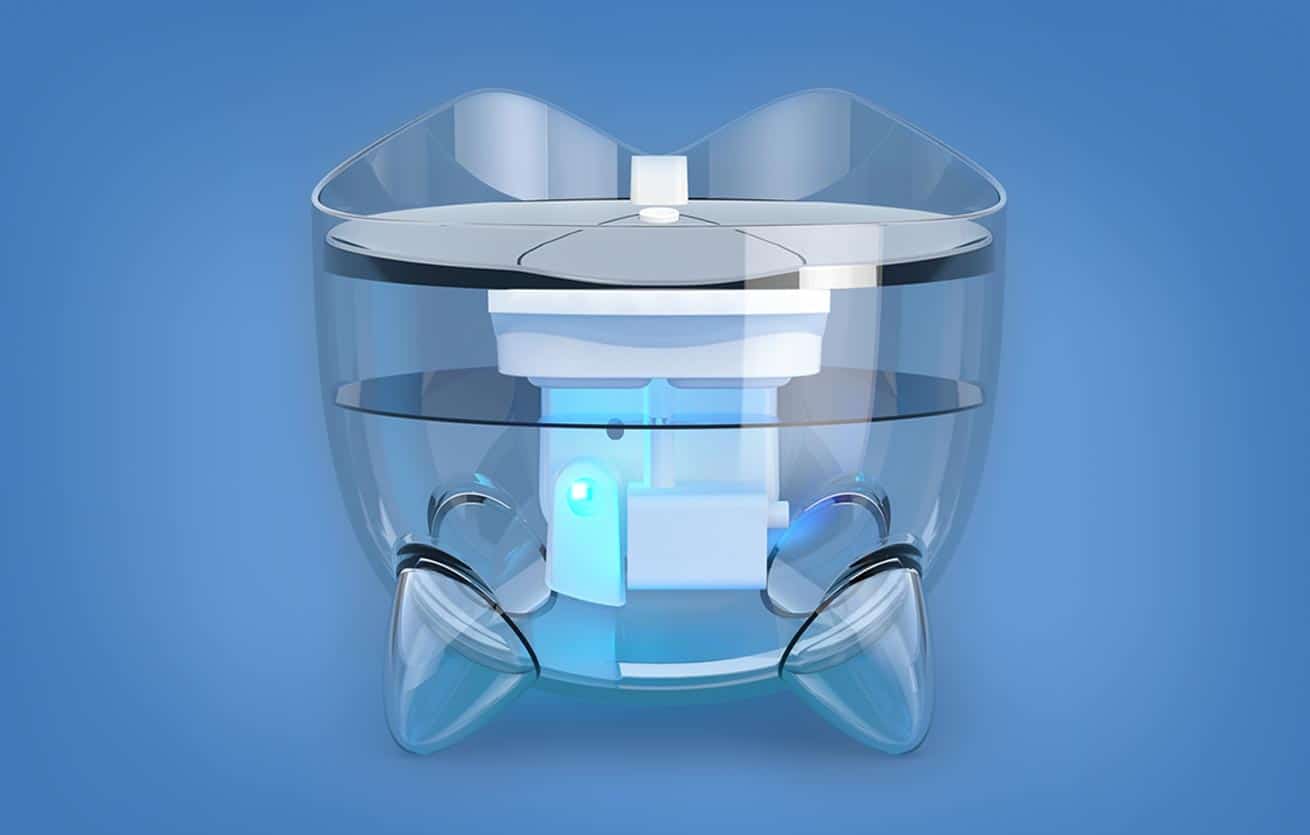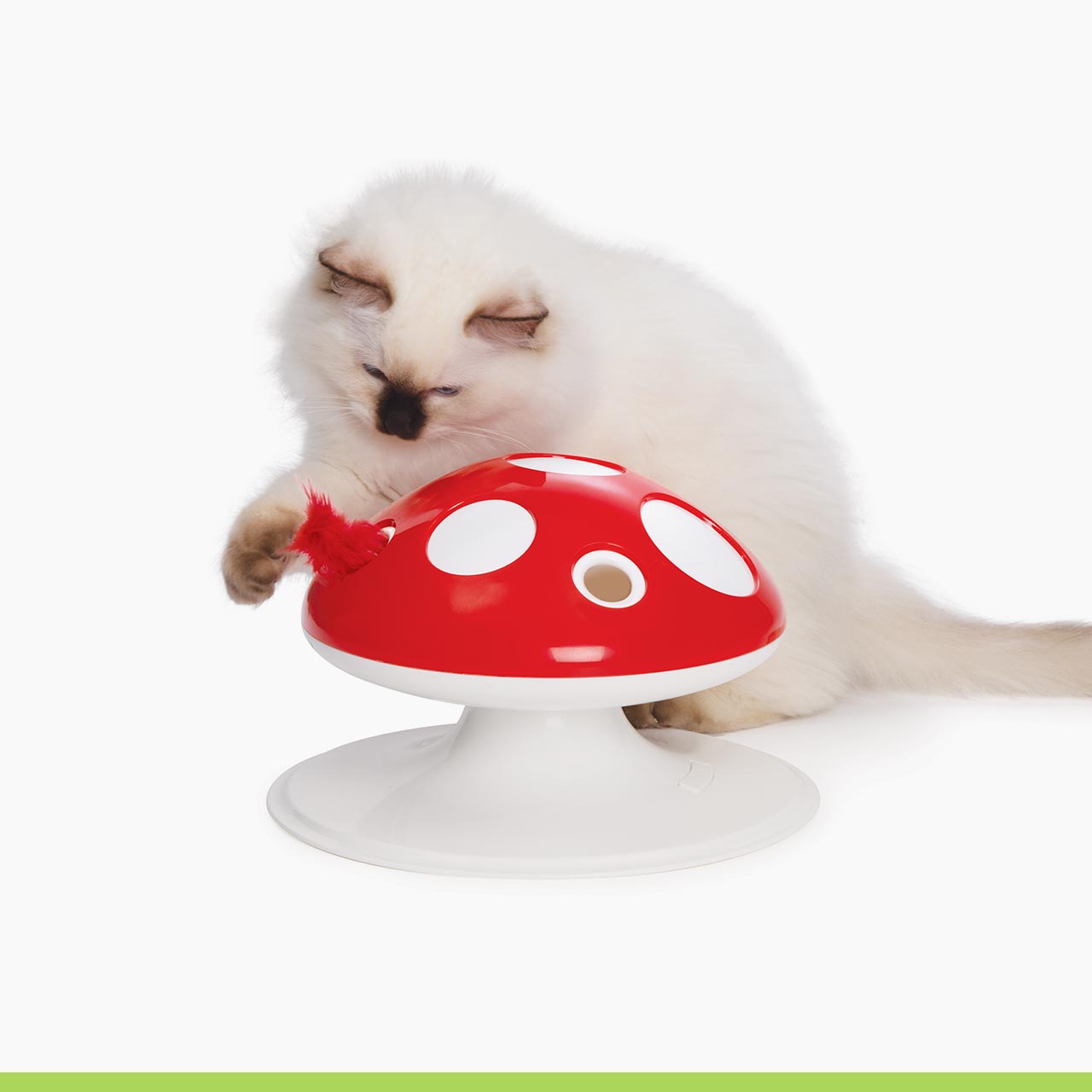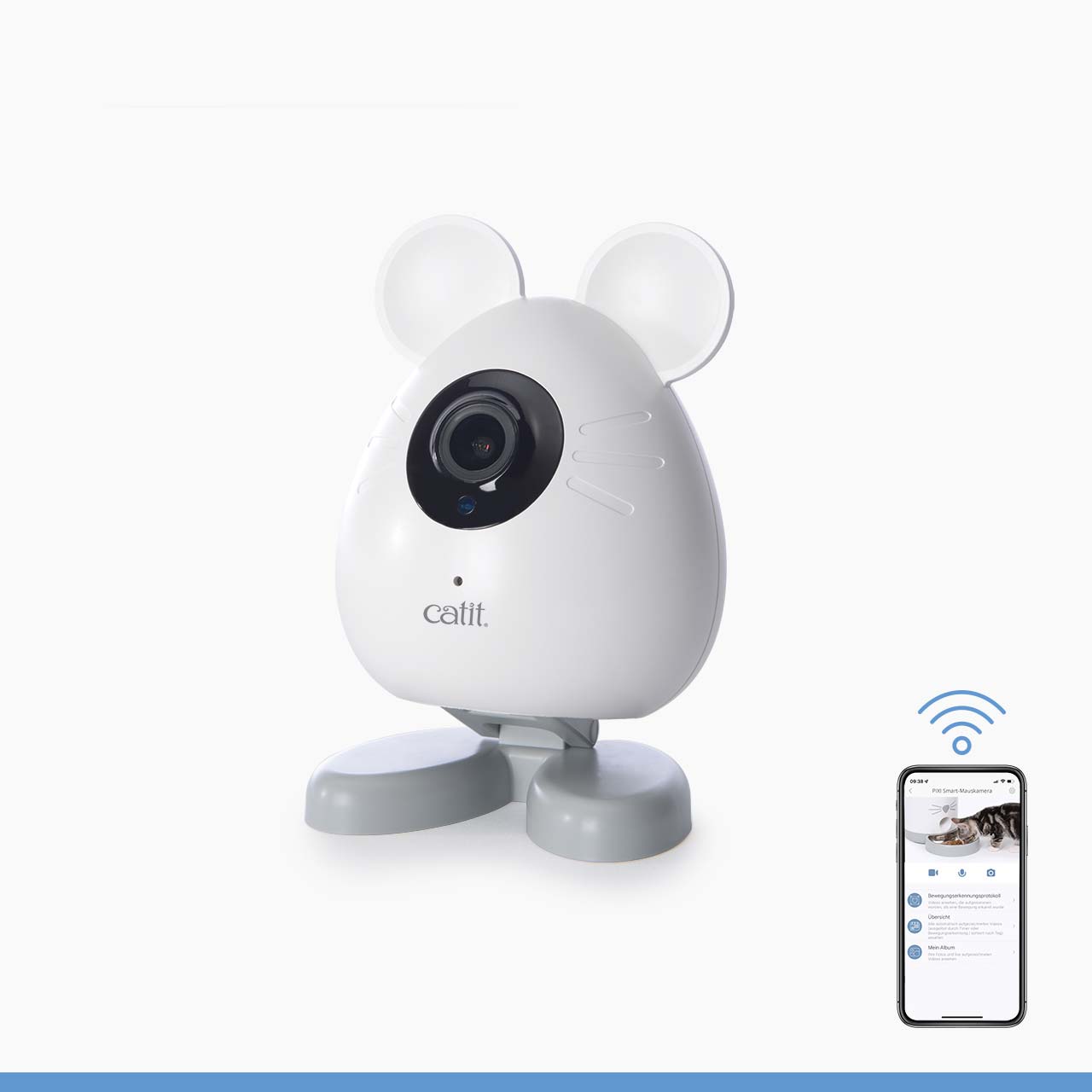In this article
The difference between UV light and visible light
All light is actually made up of waves, electromagnetic waves to be more specific. We humans can only see a small part of all electromagnetic waves – we call these ‘visible light’. Ultraviolet light has a wavelength slightly shorter than visible light, which means we can’t see it, but some animals can! Reindeer, bees and many birds, for example, can see in UV!

Sunny UV-A and UV-B
The best-known types of UV light are UV-A and UV-B. Both are responsible for giving you a lovely tan, or a painful sunburn. Too much exposure to UV-A will cause your skin to age prematurely, while extended exposure to UV-B has been linked to skin cancers. Don’t worry, you can easily protect your skin by simply wearing sunscreen. In addition, UV exposure has various benefits, too. It helps your body create vitamin D, gives you energy, and makes you feel happy.

The third type of UV light
The third and lesser-known type of UV light is ultraviolet C. UV-C doesn’t naturally occur on Earth’s surface as all the UV-C rays emitted by the Sun are absorbed by our atmosphere. However, we humans have found a way to create ultraviolet C here on Earth’s surface, and to use it to our benefit.
Artificial UV light
The best-known use of artificially created UV can be found in your local club. Black lights emit UV-A to make certain colors fluoresce. Did you know that the purple light is not the actual UV radiation, but rather a side effect? A more recent application of artificial UV light can be found in UV-C lamps. These gained enormous popularity during the COVID-19 pandemic as a brilliant tool to get rid of bacteria, viruses and mold. Our Catit PIXI Smart drinking fountain uses the same technology to clarify your cat’s drinking water to keep it fresh for longer.









